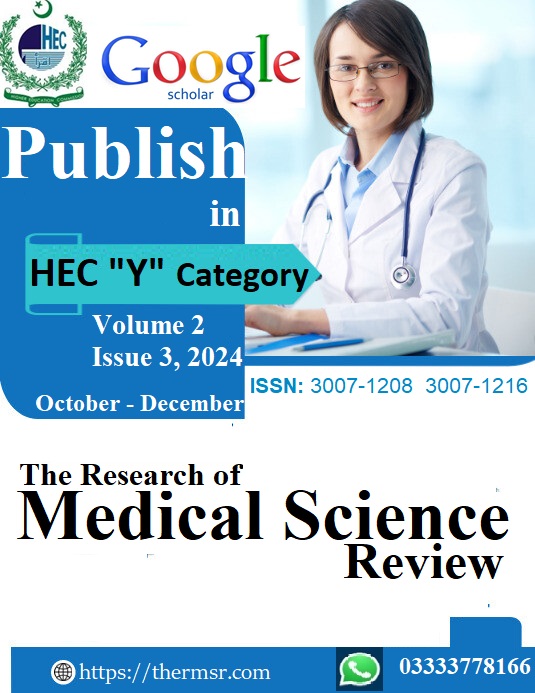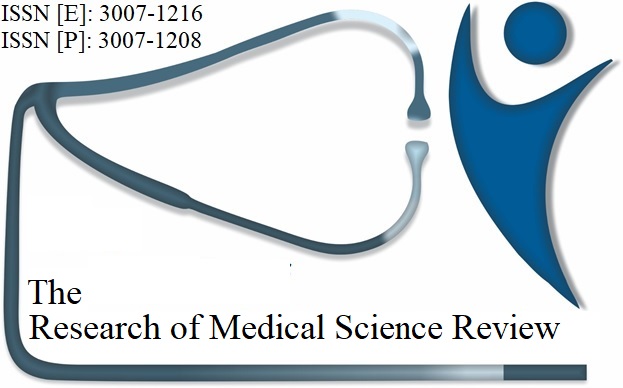COMPARISON OF AORTIC VALVE CALCIFICATION FREQUENCY BETWEEN BICUSPID AND TRICUSPID VALVES: INSIGHTS FROM COMPUTED TOMOGRAPHY SCAN
Keywords:
Aortic Valve Calcification (AVC), Hypertension, Smoking, Computed Tomography (CT)Abstract
Background: Aortic Valve Calcification (AVC) has been associated with cardiovascular morbidity and is a precursor of aortic stenosis, leading to the importance of its screening and management. Aging, hypertension, smoking, and genetic predisposition collectively determine AVC prevalence, but its relationships with clinical outcomes (e.g., stenosis) are more complex.
Materials and methods: This cross-sectional study performed from July to September 2024, analyzed the data of 61 patients submitted to CT examination to assess cardiovascular disease. Demographics, clinical history, AVC presence and type, and imaging results were potential variables. Chi-square tests was performed to determine relationships between the presence and severity of AVC and clinical outcomes and frequency distributions were assessed for categorical data. Statistical analyses were carried out using SPSS 22.0.
Results: The study population had a mean age of 54.6 years and a heterogeneous demographic profile. Aortic Valve Calcification (AVC) was seen in 70.1% of cases, categorized as mild (24.9%), moderate (44.9%) and severe (30.1%). Hypertension had a significant relationship with increasing AVC prevalence and severity, and (55.1%) patient’s hypertensive patients have moderate and (48.1%) heavy calcification. Calcification has significant relation with the history of smoking (pack-years) (p < 0.01) or severity (p > 0.05). Moderate and severe calcification was found in (44.9%), and (30.1%) of participants. Among bicuspid valves (BCV), AVC was present in 51.85% of cases, while tricuspid valves (TVC) exhibited AVC in 38.24% of cases. Furthermore, BCV demonstrated a higher prevalence of moderate and severe calcification compared to TCV. No statistically significant correlation (p > 0.05) was found between AVC presence or severity and CT indices of aortic stenosis.
Conclusions: AVC shows a multidimensional character, hypertension and smoking, have significant relation with its progression. BCV demonstrated a higher prevalence of moderate and severe calcification compared to TCV. AVC cannot independently determine the aortic stenosis.
Downloads
Downloads
Published
Issue
Section
License

This work is licensed under a Creative Commons Attribution-NonCommercial-NoDerivatives 4.0 International License.














